NEWS
Take you into the past and present of Apple's AirPods Pro bone conduction technology
- Categories:Industry Information
- Author:
- Origin:我爱音频网
- Time of issue:2021-06-25 08:49
- Views:
(Summary description)This article is a 4D special. The purpose of this article is to analyze the bone conduction technology that has received much attention at present, and discuss the application and future development of bone conduction technology. It is recommended to click on the collection first, and after reading and learning carefully, welcome to let Learn more with partners:)
Take you into the past and present of Apple's AirPods Pro bone conduction technology
(Summary description)This article is a 4D special. The purpose of this article is to analyze the bone conduction technology that has received much attention at present, and discuss the application and future development of bone conduction technology. It is recommended to click on the collection first, and after reading and learning carefully, welcome to let Learn more with partners:)
- Categories:Industry Information
- Author:
- Origin:我爱音频网
- Time of issue:2021-06-25 08:49
- Views:
This article is a 4D special. The purpose of this article is to analyze the bone conduction technology that has received much attention at present, and discuss the application and future development of bone conduction technology. It is recommended to click on the collection first, and after reading and learning carefully, welcome to let Learn more with partners:)
Contents
1. Basic overview of bone conduction technology
Second, what should bone conduction products do?
Three, in-depth analysis of bone conduction applications
Basic overview of bone conduction technology
Recently, bone conduction microphone noise reduction applications have attracted a lot of attention in the market. No matter the first-line brands or white-brand high imitation manufacturers, they are all rushing for fear of slowing down and dragging down business opportunities. For this Apple TWS, which is passed down from AirPods, AirPods2, and AirPods Pro. Headphones are equipped with standard technology. Based on some personal experience in the field of bone conduction applications, the author will share my views with you.

1. Bone conduction microphones can be divided into two major applications
1. Reflected in user identification, when to speak, sound flow control such as bone voiceprint, sensor VAD
2. It is reflected in the suppression of environmental noise when the user speaks, such as bone conduction uplink noise reduction (but it must meet the physical laws of nature for complete sound definition)
Second, what is bone conduction uplink noise reduction technology?
1. Apple’s AirPods use bone conduction uplink noise reduction technology, which is also the most mature technical indicator and current technology ceiling that has been verified by a large number of products in the market.
2. The current global TWS headsets, the application of bone conduction uplink noise reduction in the market is limited by: a. Insufficient algorithmic technology accumulation (Apple has nearly 10 years of technological accumulation, but the current algorithm company is basically less than 1 year) b .Bluetooth chip computing power-energy consumption ratio is insufficient (the TWS headset chip on the market still has a power gap with Apple W1, H1 chips) c. Insufficient market verification (Apple has more than 70 million sets of AirPods mass sales data verification) d. Insufficient experience in product bone conduction structure design e. Immature manufacturing process f. There is no standard for measurement technology, and a reasonable test method has not even been summarized
To sum up, we objectively believe that if we rely on the electrical characteristics of traditional microphones in the past 100 years, and construct and form related theories of sound structure as a measurement index (take AirPods as the standard), we will not take the lead. , Even with AirPods as a design reference, the bone conduction microphones provided by STMicroelectronics or Shengyang Electronics are equivalent to those used by Apple. Within 2 to 3 years, even if the "curvature engine" is used, it will try to bend over the car, and the bone conduction will go up. The effect of noise reduction can only be infinitely close to AirPods, and continuous efforts are still needed to surpass.
Three, it is the right way to produce true wireless headset products with reasonable design< /p>
Apple’s AirPods1, AirPods2, AirPods Pro, everyone has actually heard the noise reduction effect of its bone conduction microphones, and after a certain discount, it is a reasonable product that can appear on the market in the short to medium term. It is impossible In karaoke, there is such a clear user voice, and it is impossible to suppress the wind noise by the window of tens of kilometers per hour until you do not know it. Therefore, the current reality does not completely eliminate the noise so magical.
The main chips of Apple AirPods1, AirPods2 and AirPods Pro are W1 and H1 respectively.
 < /p>
< /p>
Apple W1 Bluetooth chip, AirPods 1, 2 use this chip.
Apple 343S00290 chip, presumably this is Apple H1. It is understood that this chip integrates Cypress SoC, Maxim audio codec, Bosch MA280 accelerometer, ST three-axis accelerometer, ST calibrator, TI Texas Instruments data converter and other components. In terms of Bluetooth, it supports Bluetooth 5.0, which has lower power consumption than the previous generation.
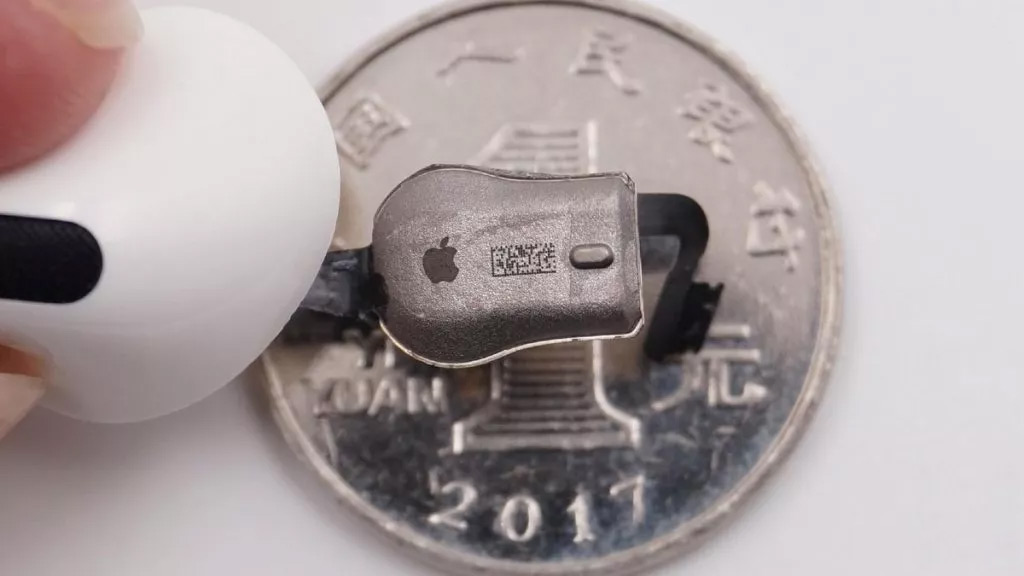
Apple H1 packaging system (System in Package), the latest AirPods Pro uses this chip.
At present, the TWS Bluetooth chips that are currently on the market need to provide the computing power that W1 and H1 can provide, and continuous efforts are needed to meet the power consumption conditions.
For manufacturers who are exporting or well-known customers, they must always pay attention to the strong protection of Apple's patents. There will be no mistakes in multi-verification and consideration. I remind everyone that in the application field of bone conduction uplink noise reduction technology, sensor suppliers do not infringe, and algorithms The company has the opportunity to not infringe, but the TWS headset product manufacturing and sales company has a very high infringement rate under Apple's patent constraints. (Refer to Apple's patent WO2014051969A1).
What should bone conduction products do?
In this chapter, we have sorted out the related technologies of bone conduction microphones, possible application areas, future technology development routes, apps that can be used with applications, product planning suggestions and patent infringement reminders, to the boss of the TWS headset product manufacturer, Sales and marketing personnel make reference. From the point of view of practical applications, the user identification application is the best match. The biggest market right now is with local wake-up words and local voice UI (local voice commands). We cite a few below A representative product that can be used with bone conduction microphones for user identification is an example for everyone.
1. User identification (bone voiceprint, VAD):< /p>
1. Bone voiceprint security application (payment, security, smart home voice control)
2. Strengthen the anti-noise ability of local speech recognition and reduce the false recognition rate
3. Uplink noise reduction of the user's voice with auxiliary air medium microphone (confirm the very near-field sound pickup scene)
4. Power consumption reduction in Always On uninterrupted monitoring scenarios
5. Global mark of user speech ”accompaniment mark”, used to improve the accuracy of voice assistant dialogue
6. The translation application controls the sound flow direction
7. Significantly reduce the misrecognition rate caused by external environment voice in various voice input applications
8. Double tap, step counting, heart rate assistance and wearing detection functions can be superimposed
9. Cost = three-axis acceleration sensor + algorithm + manufacturing process, yield, test man-hour equipment = USD0.35 (single ear)
10, power consumption = three-axis acceleration sensor + algorithm (excluding other motion algorithms) <0.45ma

From the perspective of Apple’s third-generation AirPods and the product function definitions of many heavyweight users above, it clearly points to another new trajectory of AI voice intelligent applications beyond the trajectory of decades of pursuit of sound quality. "Real hammer", followed by Ali, Baidu, and Tencent's continued entry follow-up, there is no more suspense about the dual-track application of TWS headsets. TWS headsets have basically fulfilled the role of personal portal interface devices for various voice intelligent applications. Bone voiceprint recognition also has a large application that can be tapped and extended:
Using sound to isolate user identification, sound flow control, accompanying sound mark, and use it in automatic simultaneous interpretation software, automatic sound recorder software, low-waste word rate recording to text, and anti-noise voice through cooperation with a powerful mobile phone APP team Input method, WeChat voice message automatic receiving and sending control, Office, WPS series software voice matching control, specific game voice control, etc.
These types of AI voice control applications are paired with the software and hardware of the TWS headset with bone voiceprint, and use the built-in encryption algorithm and patent protection to establish an effective fee-paying mechanism. Everyone can use reasonable profits. Their respective areas of expertise will make sustainable long-term development, provide customers with more and better experiences at the lowest cost, and jointly acquire the market.
2. Noise suppression in the user’s speaking environment (using AirPods as the standard):
1. In a noisy environment, effectively clarify the voice uploaded by users
2. Improve the accuracy of cloud speech recognition in noisy environments
3. Cost = three-axis acceleration sensor + algorithm + manufacturing process, yield, test man-hour equipment = USD1.85 (single ear)
4, power consumption = three-axis acceleration sensor + algorithm <3.0ma
Three, Apple headset product analysis
1. Apple doesn’t care about sound quality at all, so what does it care about?
Apple’s 3rd generation AirPods have Siri running through them. The noise reduction effect, power consumption, connection speed, and delay time have been enhanced from generation to generation, but what’s interesting is that all practitioners in the audio industry always talk about the sound quality. However, there has been no special optimization and improvement. What is Apple's purpose?
We reasoned this way. In the three-year evolution history of Apple’s AirPods generation products, the sound quality has not been on Apple’s schedule, and has always maintained a regular and flat level, because he is very clear in the field of sound quality. Insufficient accumulation can not win well-known established companies such as Sony, BOSE, AKG, and B&O.
But Apple has a huge ecosystem of various related smart terminal products, mainly iPhone, so Apple’s main informationThe connection speed, the human-computer interaction interface, the delay time and the battery life continue to improve the ”convenience” and ”use experience”, allowing wireless earphones to maintain their own advantages while being constantly close to the advantages of wired earphones. The goal is to run through the entire Apple ecosystem and fully meet the needs of 85% of users, and not to work hard on the cost of sound quality that does not completely account for the cheap.
As for Google, Microsoft, and Amazon, which are similar in nature to Apple, we strongly believe that Siri will be the two major information entry tools for IOS alongside touch screens in the near future, and Google’s Google Assistant is for Chrome and Android. Microsoft's Cortana is for Office and Windows, and Amazon's Alexa is for the Echo smart home ecosystem. Who says that headphones can only reflect value in sound quality? It seems that linking artificial intelligence voice will become a human-computer interaction interface that can produce huge Demand!
2, does Apple turn on the copycat protection mode?
Apple IOS13 is non-targeted for specific optimization purposes. A slight change on the AirPods Bluetooth software system will set off a "reign of blood". What about the next Apple targeted encryption? Is it hiding in the past?
I believe that the market should not be over-concentrated in the iPhone field. It is absolutely necessary to try to reserve a variety of functional market segments, and to allocate the risk to Android phones. The increased cost of bone voiceprint user identification applications is limited but it can enrich the product line. The avoidance path, to give your customers more and better function choices and experience, add local wake-up word voice UI and bone voiceprint detection (or sensor VAD) function.
The function of bone voiceprint detection (or sensor VAD) can be known through the verification method in this article. AirPods also have this function, but we are not limited by the application of bone conduction uplink noise reduction, which is similar to Apple AirPods 7db~9db Compared with the effect, our 30db~40db is more prominent, but it solves the problems in practical application scenarios with the least side effects and limited cost.
IV. Product planning suggestions
Many first- and second-tier TWS headset brand factories or ODM factories need to differentiate from peers and white-brand manufacturers, or also want to break away from the undifferentiated saturation competition in the white-label field, and use the least cost to differentiate their products. Following Apple, Google, Microsoft, Amazon, etc., the TWS headset AI voice control intelligent application field that is being actively promoted is the best choice. Before the bone conduction uplink noise reduction is mature, it is the most Prudent approach.
After systematically experiencing the entire process of the application of bone voiceprint detection technology, you will not feel such a big impact on the next step, because it is not easy to do a good job in bone voiceprint detection. , In particular, the product structure design that can meet the requirements of dynamic and static human auricle adaptability is a new research direction that requires deep investment. Gradually accumulating and iterating is the best choice for grasping business opportunities and controlling risks.
Bone voiceprint detection and bone conduction uplink noise reduction are two branches of bone conduction applications, but the focus of attention and the satisfaction of the user experience are different, and they do not conflict with each other. They can exist at the same time as a high-end product. It can be distributed in a series of products to make a clear cost-effective distinction, allowing customers to have more choices.
V. Bone voiceprint detection (sensor VAD) new algorithm technology future development route:< /span>
Detailed introduction of UCOMM Yuheng Interactive's bone voiceprint detection algorithm
OVVP algorithm is the abbreviation of Own Voice Vibration Pick-up. It is in the field of bone conduction user identification. It has been supported by multiple patents for 10 years in the market and verified in batches in the market. It can help the development of TWS headsets in labor with the best cost performance. Application algorithms of different sub-ecosystems such as intelligence, Internet of Things, smart home, etc
1, OVVP version 2.0, will enter the next generation of noise floor sequence and orderly superimposed change detection technology of the sound spectrum frequency domain from the specific narrowband acoustic spectrum area energy curve fitting technology, from the low-end low-cost 14-bit acceleration sensor Extruding higher sensitivity, allowing users to have an experience closer to traditional air-medium microphones.
2. Embed the OVVP algorithm into the well-known TWS Bluetooth SOCs. Qualcomm QCC512x series have been completed. Hengxuan BES2300 and Airoda AB1536U are in the process of embedding. Realtek RTL8773B and Jerry AC6936D are the next ones planned to be embedded. Warmly welcome the cooperation and negotiation of Yuanxiang, Ziguang Zhanrui and Zhongke Lanxun.
3. OVVP judges the acceleration algorithm, reduces the existing algorithm 24ms~300ms delay to an average of 15ms~20ms, and obtains the lowest sound loss effect. OVVP can directly become the VAD of the first-order face0, and the latter algorithm does not need Always On Significantly save algorithm power consumption, and have the opportunity to additionally provide 5db~8db wake-up word anti-noise and microphone uplink noise reduction effect.
4. Has developed a new product with a specific acceleration sensor company that reduces the cost of the algorithm by 50%.
5. In addition to double-clicking, step counting, heart rate, and bone voiceprint recognition, the acceleration sensor can be superimposed with a wearing detection algorithm. In addition to the existing optical or touch chip solution, one more can reduce the manufacturing process A new low-cost solution with difficulty and product defect rate.
6. The algorithm technology to greatly improve the recognition rate of specific local wake-up words and voice commands in a high-noise environment.
7. There is an opportunity to use the inertial sensor IMU and the dual-mic beamforming algorithm to greatly converge the robustness of the voice pointing by 20 times, which can bypass Apple's patented bone conduction uplink noise reduction technology, and the current noise reduction in the market Compared with technology, it will not produce the side effects of "sound incompleteness".
Six. Bone voiceprint application cooperation solicitation:
In translation, voice recorder, voice-to-text, voice input, voice assistant, WeChat voice message, social apps with simultaneous translation (such as Skype), various Office software, language learning, voice-activated games, etc. Etc., there is a mature APP team in the field of intelligent voice applications, jointly establishing an operating mechanism to introduce customers, linking the TWS headset hardware market through TWS headset built-in algorithms and patents, expanding AI intelligent voice applications, and giving customers better and more complete choices and experiences .
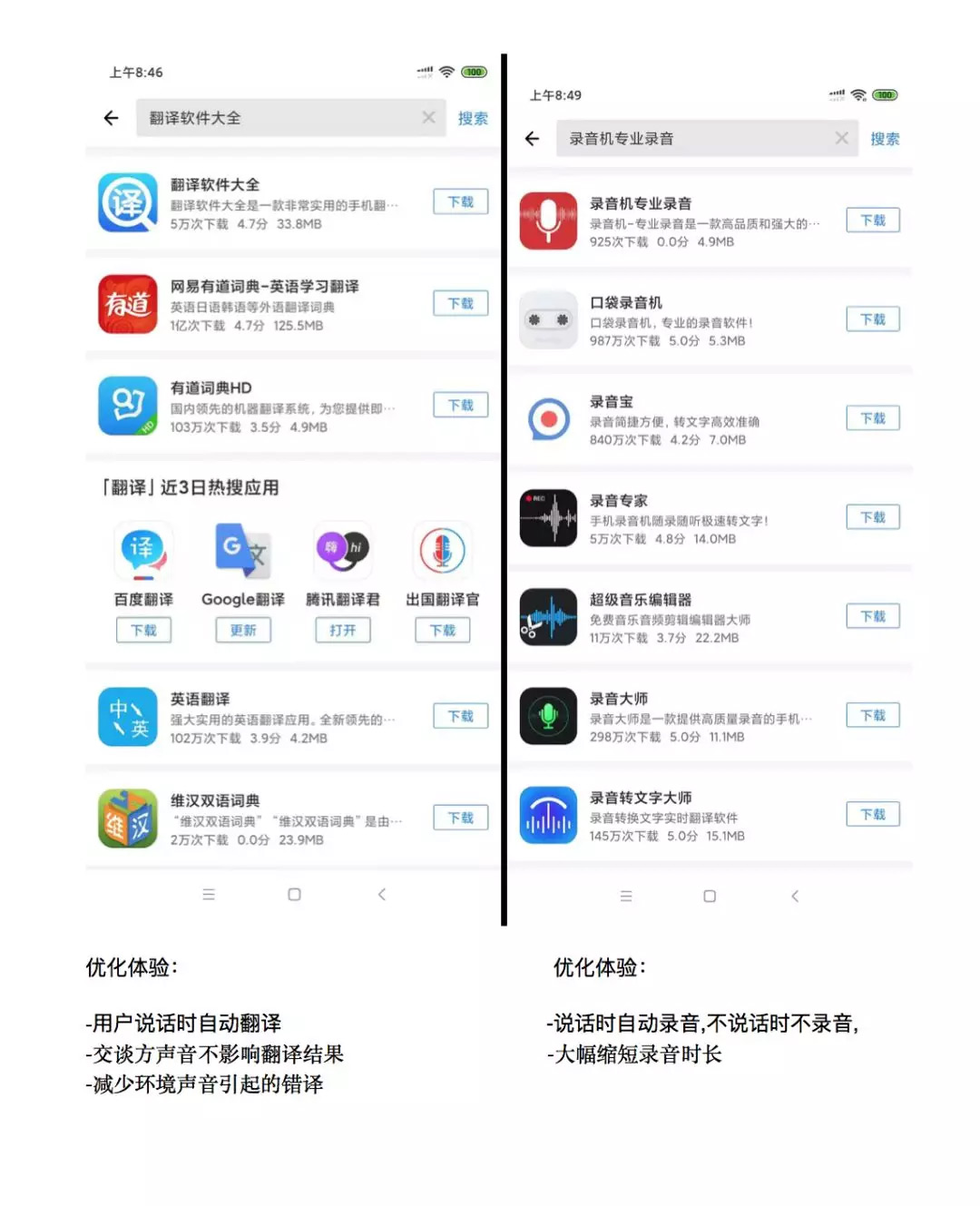
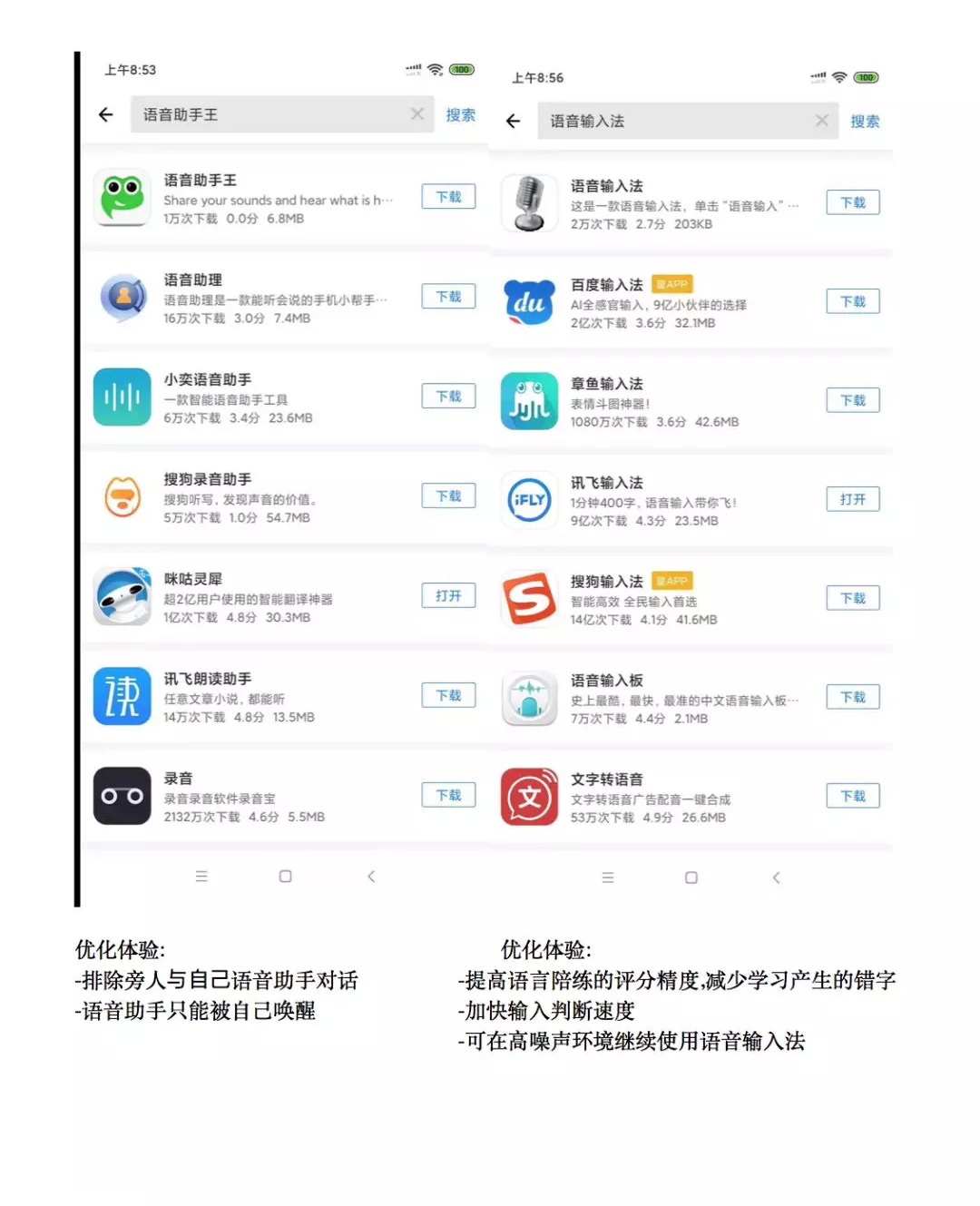
Seven, there are already bone voiceprint product application cases recommended:< /p>
VIVO released the VIVO TWS Earphone along with the NEX 3 5G mobile phone on the evening of September 16, 2019, using the bone voiceprint detection algorithm of UCOMM Yuheng Interactive.
 < /p>
< /p>
It is reported that starting from the demonstration of the algorithm effect at VIVO in November 2018, until the product release in September 2019, after 11 months of ups and downs, the VIVO team has made a huge amount of persistence and investment in product development. , VIVO TWS Earphone uses Qualcomm QCC5126, technically speaking, Qualcomm's chip has reached a very high level.

VIVO TWS Earphone has repeatedly overturned and modified the product structure to meet the tuning requirements. The PCB has been repeatedly drawn for more than dozens of times. The test data shows that the Bluetooth delay and connection speed have great advantages.
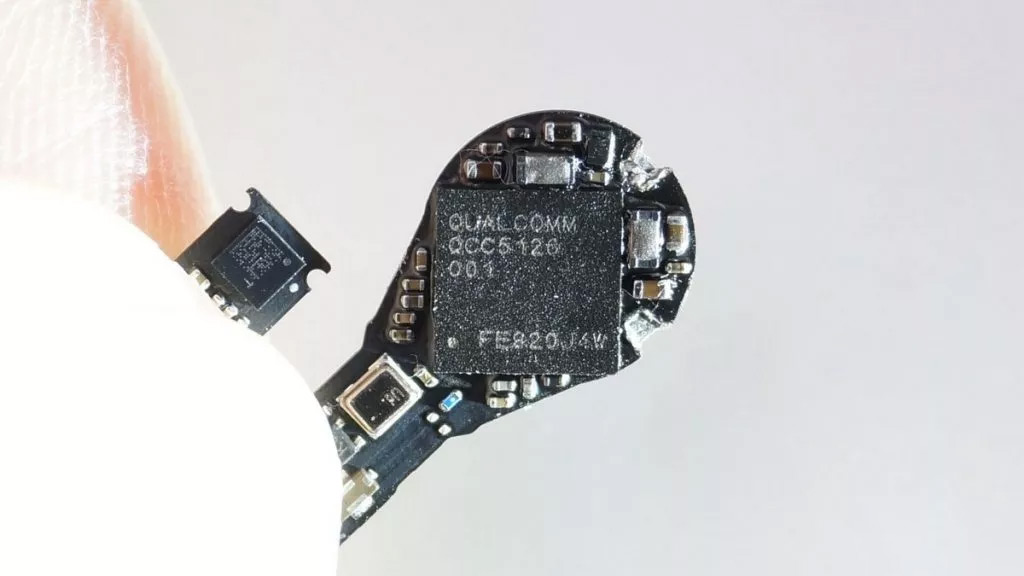 < /p>
< /p>
VIVO TWS Earphone has collected thousands of data for analysis and comparison on bone voiceprint effect verification, see the micro-knowledge, VIVO TWS Earphone has very good performance indicators in the field of Android true wireless accessories, and it is in the mainstream development with low cost as the core requirement. The route is a product that can be compared with AirPods in terms of data and experience.
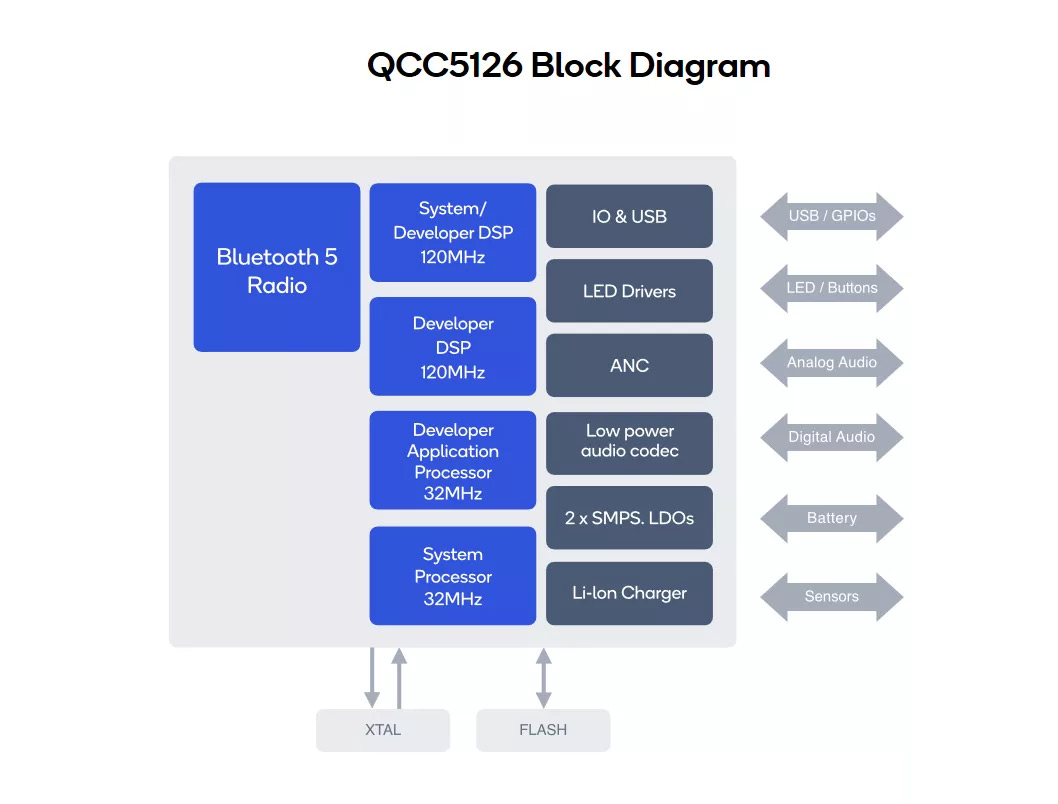
Through detailed disassembly, we found that the vivo TWS Earphone was first launched with Qualcomm QCC5126 flagship Bluetooth audio SoC. This QCC5126 is the top model in the high-end Qualcomm QCC5100 series of chips.
QCC5126 chip supports Bluetooth 5.0, built-in CPU, audio DSP, high integration, low power consumption design; supports the latest Qualcomm TWS+ technology, and supports voice activation.
8. Infringement reminder
It is reported that there is currently a situation of imitating the OVVP algorithm in the market. UCOMM Yuheng Interactive has intensively explored and verified the model for nearly 10 years. It has accumulated more than one hundred patents for microelectromechanical inertial sensors in different sub-industry fields, and solved the long-standing algorithm supply The operation of the industry is frustrated, and industry colleagues should jointly respect independent intellectual property rights.
In-depth analysis of bone conduction applications span>
Apple's AirPods products are an indicator application of bone conduction uplink noise reduction in the existing market. Since the first-generation Apple AirPods were sold in September 2016, more than 70 million units have been sold by the end of 2019. Apple can be regarded as a pioneer in bone conduction uplink noise reduction technology.
Following this idea, we have seen some bone conduction uplink noise reduction demonstrations in the market that can clearly upload the user’s voice to the opposite end in a very noisy environment. Such applications are used in battlefields, construction sites, Public environment scenes with takeaways and noisy sounds are extremely practical.
But why Apple doesn’t use such a practical technology or Apple doesn’t use it? Based on Apple’s 2012 patent inference, Apple should have started the application technology feasibility assessment and framework of bone conduction uplink noise reduction as early as 2009. Verification experiment (there is another saying that a specific technical team was purchased directly). In 2009, the application technology of global sensors was far less developed and mature than it is now.It is understandable that the slow progress caused by the large number of pits in the process.
After 10 years of evolution and progress and massive market validation, Apple is far ahead of the industry. It’s hard to say that it can’t make such an eye-catching bone conduction uplink noise reduction application effect, so only One option is "he doesn't need it".
One of the important reasons is that this technology has serious "acoustic incompleteness" bugs. The bone conduction uplink noise reduction application is definitely a very promising application, but it is limited by the traditional air The theory defined by the electrical characteristics of dielectric microphones, no matter how your curvature engine compresses the distortion space, it still requires a certain amount of accumulation and iteration. "If something goes wrong, there must be a demon." Tell you why one of the "monsters" is "the sound is incomplete".
First, understand the basic voice structure
First of all, let us first understand the basic elements of phonetic structure ” yuan, auxiliary, clear, voiced & rdquo; in phonetics, sounds that vibrate in the vocal cords are called voiced sounds, and sounds that do not vibrate in the vocal cords are called unvoiced sounds. Consonants are clear and voiced, and vowels in most languages are voiced, and nasal, side, and semi-vowels are also voiced.
Forty-eight international phonetic symbols
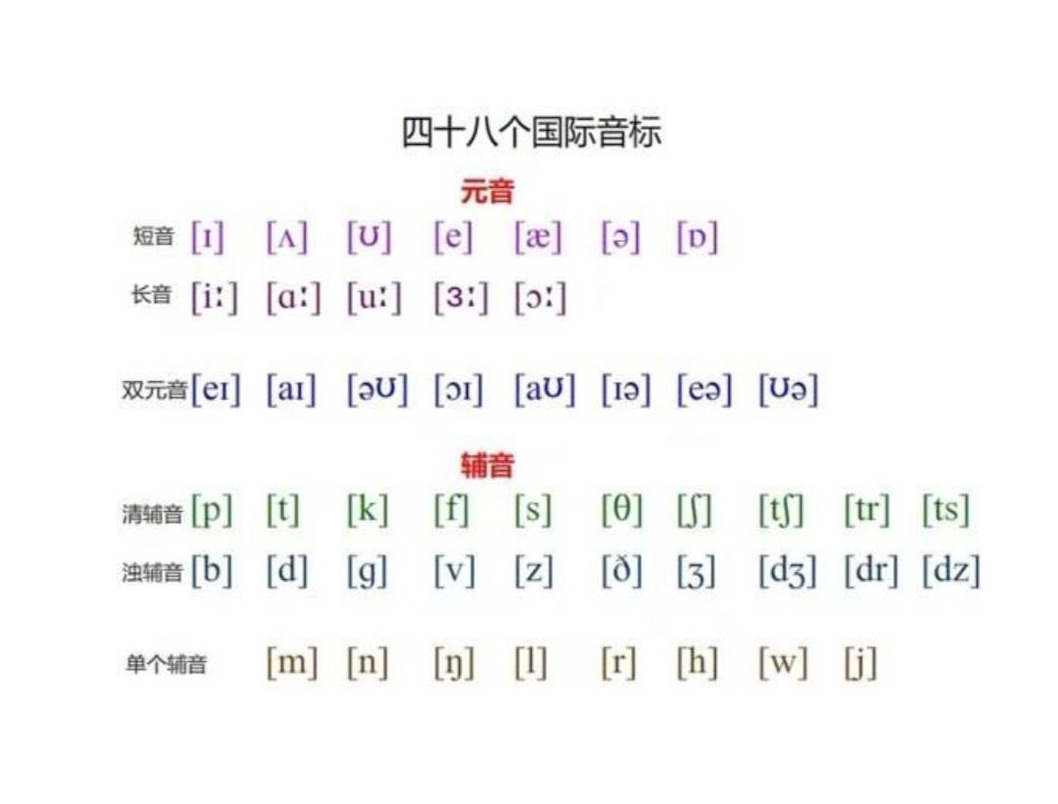
Summary table of consonants in Putonghua
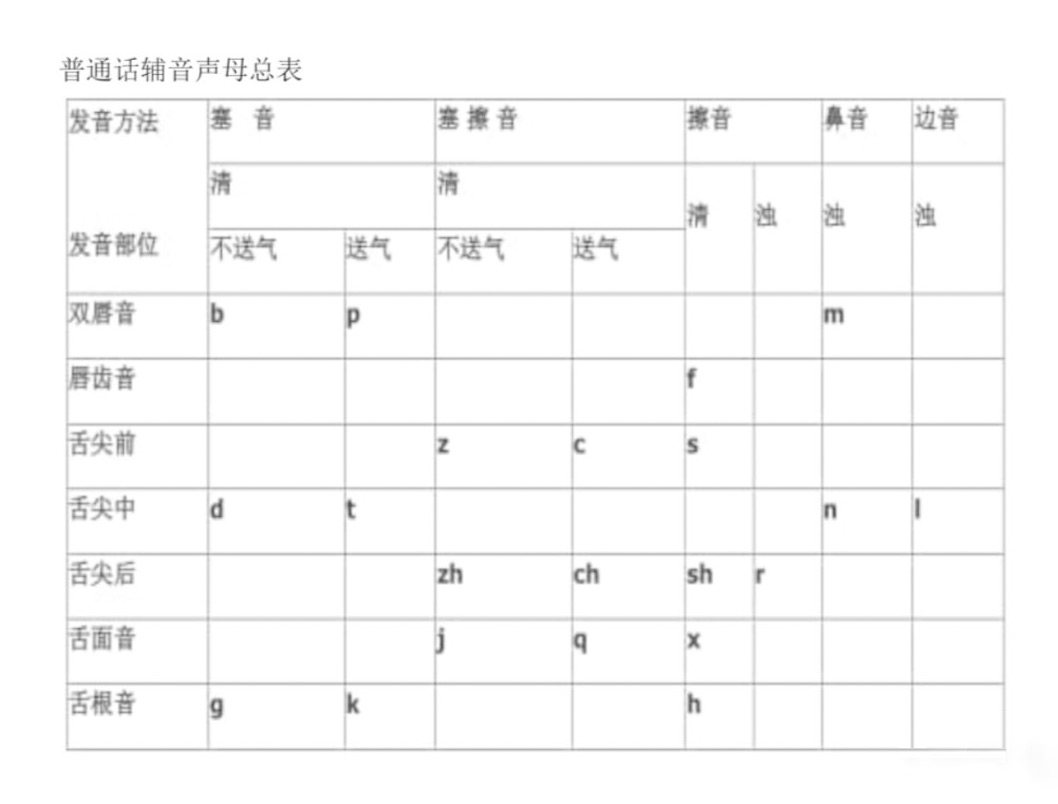
Second, look at how the bone conduction microphone turns the pass into a
The relevant time-frequency domain test diagram of the test word pass below is quoted from the author Wang Zan published on March 26, 2016. "What do different vowels and consonants look like in the sound spectrum?" Internal representation:
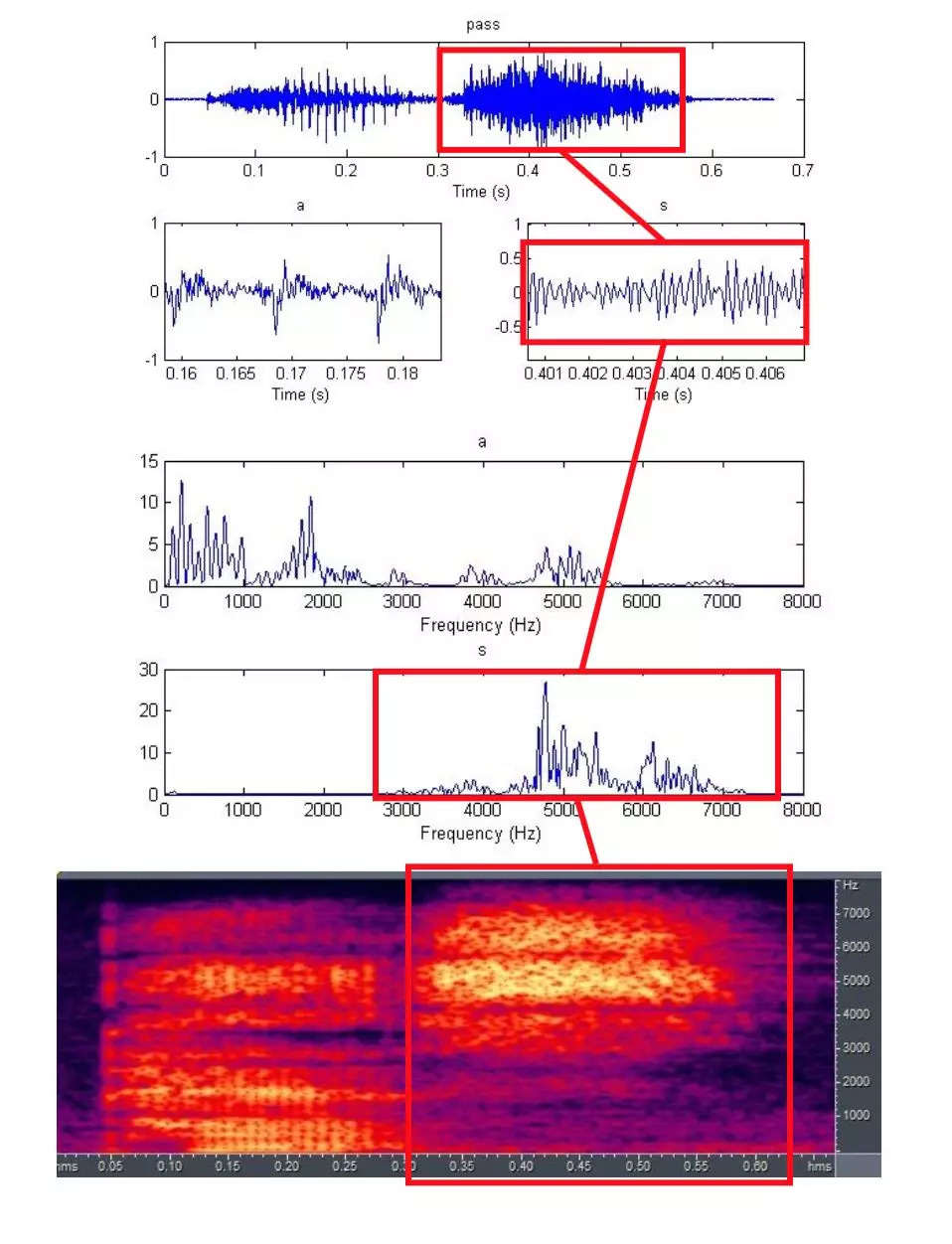
The above box connected by a line segment is the part of the pass pronunciation /s/ is the unvoiced sound without vibration of the vocal cords, which cannot be sensed by the bone conduction microphone (the popping sound /p/ is also unvoiced but not in the box), Therefore, the bone conduction microphone of the word pass /pæs/ can only sense the sound of a/æ/, regardless of the language family, the unvoiced sound has a heavy proportion, and the word pass loses the unvoiced sound and becomes a. This is the theoretical basis that the use of bone conduction microphones alone will result in severe "acoustic impairment".
In order to repair this sound defect problem, it is necessary to introduce the information of the traditional microphone. Once the traditional microphone is used, it will return to the patent protection technology framework of Apple’s AirPods on the software and hardware system. Nothing else can bypass Apple. The company's software and hardware patented technology protection framework, and a new theoretical system that can be verified by the market is formed to meet the huge market demand. Only under the condition of imitating Apple's software and hardware technology, the bone conduction uplink noise reduction used by AirPods has become the ceiling of similar technical performance indicators. It is still difficult to avoid Apple's patents.
In addition, from the time-frequency domain diagram of the last pass voice above, it can be seen that the complete sound energy frequency distribution of the pass made by the author's male voice can reach nearly 8khz. This is why the traditional microphone must obtain complete sound data. The reason why the sampling specification is set at 16khz is that the upper limit of the bandwidth of STMicroelectronics' bone conduction microphone is 2.3khz, while the bandwidth of the bone conduction microphone of Shengyang Electronics is 8khz.
There is a very important concept that needs to be emphasized again. No matter how wide the bandwidth of a bone conduction microphone is, unvoiced sound signals cannot be obtained because the vibrations transmitted by the vocal cords through muscles, bones, skin, and blood cannot be sensed. Such vibration is one of the physical manifestations of vocal cord movement acceleration information.
So in order to sense the "vibration" of the bone conduction microphone, it must also be a kind of accelerometer. In addition to the bandwidth, the bone conduction microphone also has audio frequency response flatness, THD, sensitivity, etc. These specifications and characteristics also need With continuous progress and optimization, bone conduction microphones still have a long way to go compared to traditional microphones that have been developed for nearly a hundred years, but this does not negate the huge potential and commercial benefits that bone conduction microphones can bring.
The picture below shows that we have found more than a dozen spectrum analyzer apps on the Internet. Through the Bluetooth demo project prototype with a bone voiceprint microphone, it is repeatedly switched between the traditional microphone and the bone conduction microphone to capture the best spectrogram. It can be seen that there is still a lot of noise in the background, which proves that this is not an experiment done in an anechoic room.
The Mi 8 used for mobile phones has not been calibrated with standard equipment. The equipment is obviously not professional enough. It can only be used as a reference. Find these free APP software and try them one by one, and test and adjust the parameters with the test prototype. For a very long time, although these softwares are not professional, they can help manufacturers to perform verification in the early product technology evaluation stage, avoiding black eyes and controversy after a large amount of resources are invested in the back.
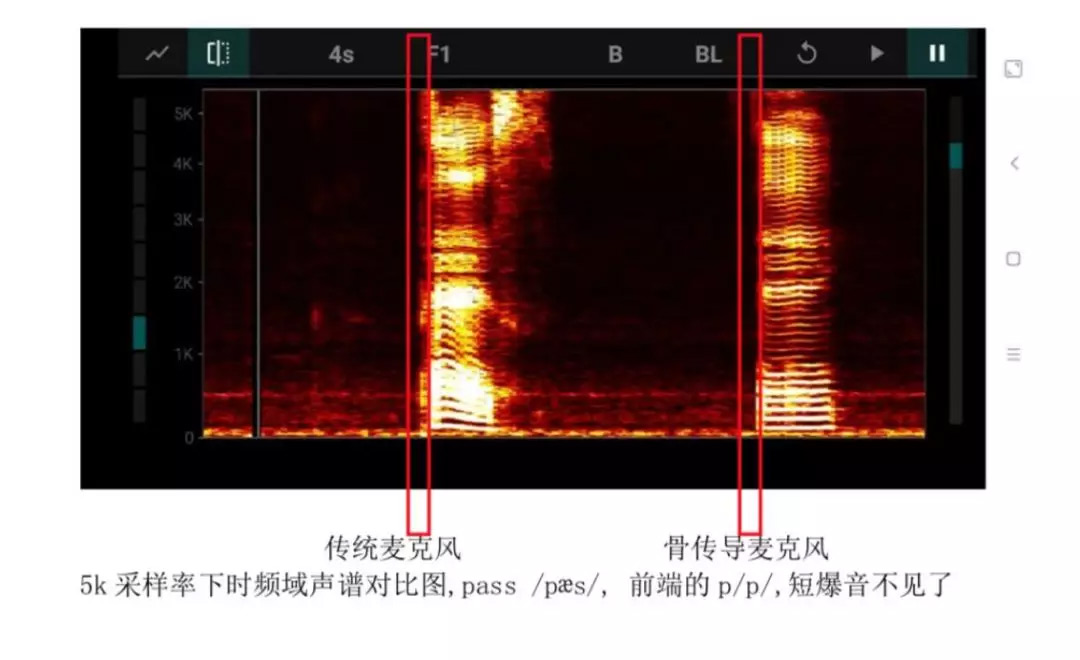
Traditional microphone bone conduction microphone 5k sampling rate time-frequency domain sound spectrum comparison chart, pass /pæs/, front-end p/p/, short pops are gone

Traditional microphone bone conduction microphone time-frequency domain sound spectrum comparison chart at 5k sampling rate, pass /pæs/, the back end s/s/, are gone, not only that, the instantaneous energy of a/æ/ The distribution has changed quite a bit
When using bone conduction uplink noise reduction technology, the various time-frequency sound spectrum comparison diagrams as shown in the above figure (a more comprehensive and systematic test word or test pattern is required) and a more detailed spectrum diagram must be determined by the corresponding algorithm The company and the manufacturer jointly conduct a more comprehensive and detailed collection evaluation, because the adjustment of the effect of bone conduction uplink noise reduction is a process involving electronic hardware, software, algorithm, manufacturing process, product structure, human auricle matching and various integrity Based on the comprehensive results obtained from dynamic and static test verification, we estimate that the biggest hurdle for bone conduction uplink noise reduction will fall on "mass production". The most prominent problem is to make the production line produce products with sufficient yield and consistency. It is the ”standards and methods of testing”.
3. Bone voiceprint detection (sensor VAD) verification in AirPods
Apple AirPods 2 generation comes with OVVP bone voiceprint detection algorithm (sensor VAD) verification method: Apple AirPods 2 uses infrared range measurement with acceleration sensor cross-correlation and curve fitting algorithms because of the wearing frame measurement algorithm. The conditions of the frame test are much stricter, and the probability of misoperation has been well optimized, but we can still verify the existence of its internal OVVP algorithm through a simple method. The test method is as follows:
1. Prepare an iPhone and confirm that the internal IOS version is: 12.3.2 or above
2. After preparing a pair of AirPods 2 to wear, confirm that you can connect to the I-Phone to talk and listen to music
3. Make sure that the voiceprint recognition protection is not set in the iPhone, if so, please make sure to turn off the voiceprint protection function
4. Say Hay Siri and observe whether you can call up the Siri voice assistant in the I-Phone
5. Let the person next to him who is not wearing AirPods2 say Hay Siri to AirPods2 to confirm that they can call up the Siri voice assistant in the iPhone
6. Prepare a piece of reflective white tape and stick it to the detection window of any AirPods 2 (such as photo 1)
7. Put another earphone with no tape on the ear, play music through this earphone, and adjust the volume to the maximum, which is convenient for the subsequent test
8. Pick up the headphones with reflective tape attached and listen to see if there is music coming out. If there is music, it means that our method of deceiving AirPods 2 is successful
9. Remove the AirPods 2 earphones worn on the ears and stick reflective tape until it is confirmed that there is music coming out
10. Put 2 AirPods2 earphones that can continuously play music on a mobile phone or on the same hard and flat object (the photo below)
11. Do not touch the platform where the earphones are placed. Try to say Hay Siri to the AirPods 2 playing music. Adjust the volume of Hay Siri (slowly increase the volume from a low volume). If the volume is not enough, it cannot be called up. Siri, you can call Siri on your phone until it is loud enough.
This test has allowed users to feel the obvious difference from other headsets without OVVP algorithm with voice wake-up word function. We tested the AirPods sensor VAD+ beamforming to have an acoustic blocking effect of about 7db~9db. This is not that Apple is inferior to us, but that the main function that Apple wants to play is the effect of bone conduction upward noise reduction, so it is subject to more restrictions.
12. Keep tapping the platform where the earphones are placed (to shake the platform) with your finger for about 0.3 seconds, and at the same time speak Hay Siri to the AirPods 2 earphones at a low volume. At this time, you will find what you need to call Siri on your phone. The volume is much smaller than the 11th test, which is the most obvious feature of the VAD algorithm of the OVVP sensor. From this we proved that the AirPods 2 has the OVVP algorithm.
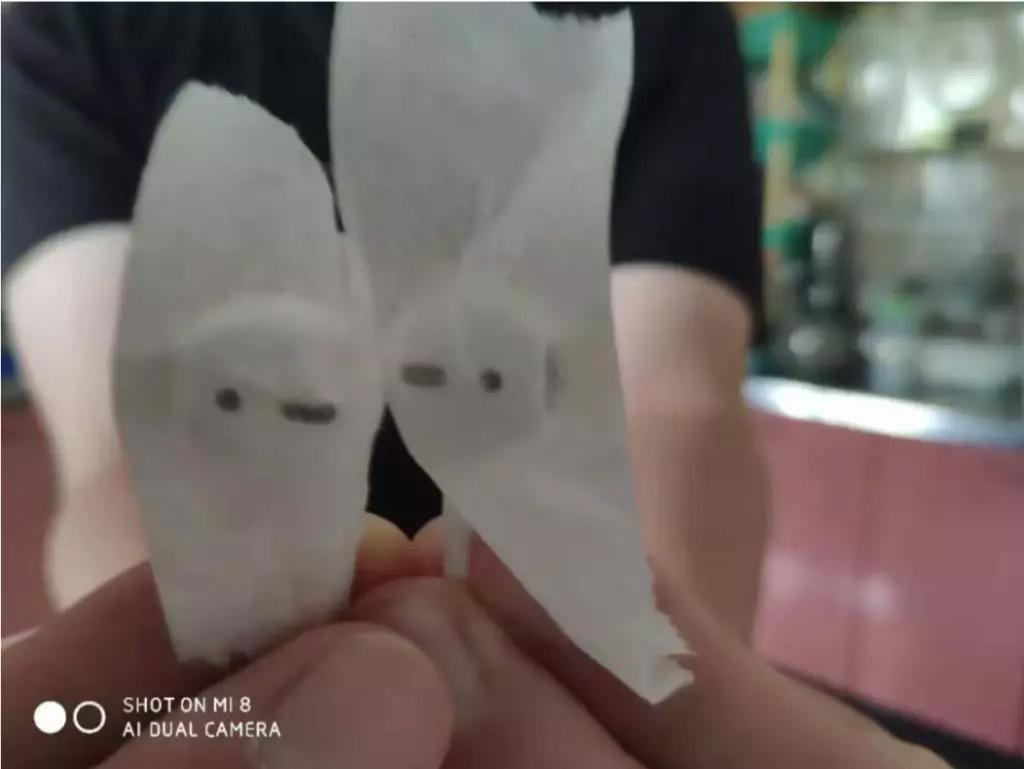
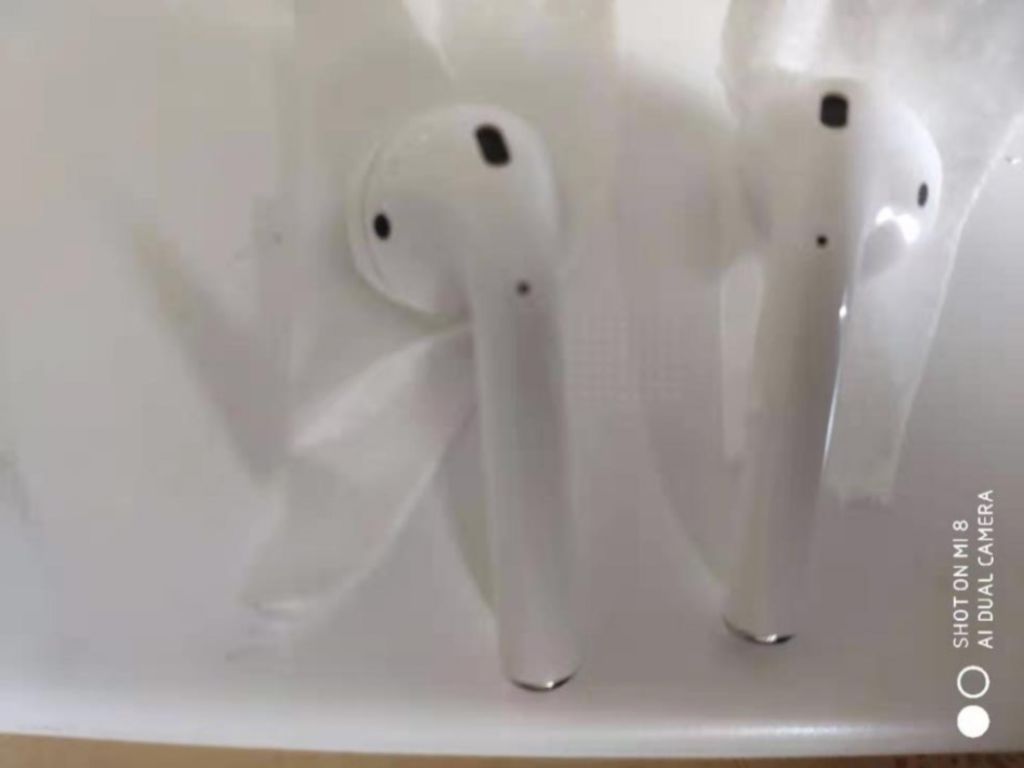
4. Bone voiceprint detection, test technology sharing:
In the area of bone voiceprint detection, after going through the process from R&D to mass production, a new R&D stage test method (not yet actually verified) was summarized, and the test method we proposed was used to clearVoiced sounds can cause simulated vocal cord vibration. Although it cannot trigger so many muscle groups to coordinate movement like the real human vocal cord vibration, it can at least simulate the vibration transmission of the vocal cord after movement through the skin, capillaries, muscles, cartilage and other media closer. status.
It can be used for dynamic and static frequency sweep, fixed frequency frequency response, sensitivity, harmonic distortion, spectrum acquisition and comparison, and obtain more reference value test data under more controllable conditions, which is helpful in research and development Stage verification to find problems. Although this measurement method is used to solve our bone voiceprint detection (user identification), it can also be used as a part of the effect verification of the product with bone conduction uplink noise reduction algorithm. If you are interested, you can Contact us to discuss together.
Bone conduction application testing is divided into two phases: static and dynamic, and two stages of R&D and production. The definition of dynamic and static is determined by the state of the user, because the application of bone conduction is for the vibration generated by the movement of the vocal cords. The quality of the information sensing result is extremely sensitive. The user’s motionlessness (including small movements) and the user’s constant movement will seriously test the structure of the TWS headset and the weight design. This is the decision whether to maintain the tightness with the auricle. An important condition for the consistency of bone conduction applications.
In detail, it is necessary to ensure the lowest unobstructed requirements of the entire vibration channel under different dynamic and static scenarios of the user, because this vibration channel will cause the product to loose and move due to the user's movement, which will allow the bone conduction to uplink and reduce noise The frequency response, sensitivity and other related characteristics of the camera have undergone strong changes.
In addition, the space in the TWS headset is very compact. When the internal speaker sounds, it will also cause the same vibration as the vocal cord vibration to produce crosstalk, and the sensitivity imbalance caused by the asymmetry of the two auricles of the human body. These are all algorithms. The algorithm provided by the company must consider suppression or compensation.
According to the results obtained by collecting a large amount of test data in the mass production stage and formulating test standards, the OVVP bone voiceprint detection application only uses the low frequency and narrow bandwidth conditions of 100hz~500hz as the basis for judgment and identification, and the sound is not sent upstream. Below, the sensitivity imbalance caused by the asymmetry of the left and right auricles of the user can reach 8db, and the sensitivity gap caused by the consistency of the auricle structure of multiple users can reach 25db.
In the application of OVVP, as long as the user’s speaking volume is increased or the sensitivity is increased as far as possible without side effects (there are different coping methods), more obvious optimization and improvement can be obtained, but for the bone conduction uplink noise reduction used for listening , The bandwidth exceeds 4 times of OVVP.
The processed sound needs to be uploaded to the hearing (intelligibility) test of the human ear or speech recognition engine, frequency response change, sensitivity change, dynamic range change, THD, SNR, Cross talk, sound spectrum structure integrity, etc. And so on, can be easily heard or recognized, and the difficulty is an increase of several orders of magnitude. For these algorithms that have been sold in the market, it only took less than a year or even a few months to develop algorithms. For the company, it really makes people feel very admired.
From the self-love audio network, if there is any infringement, please contact to delete!

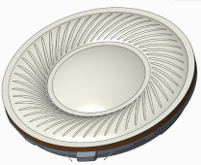
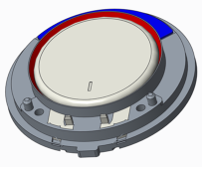
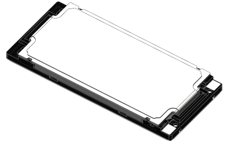

 0592-6058428
0592-6058428 

 Contact
Contact 